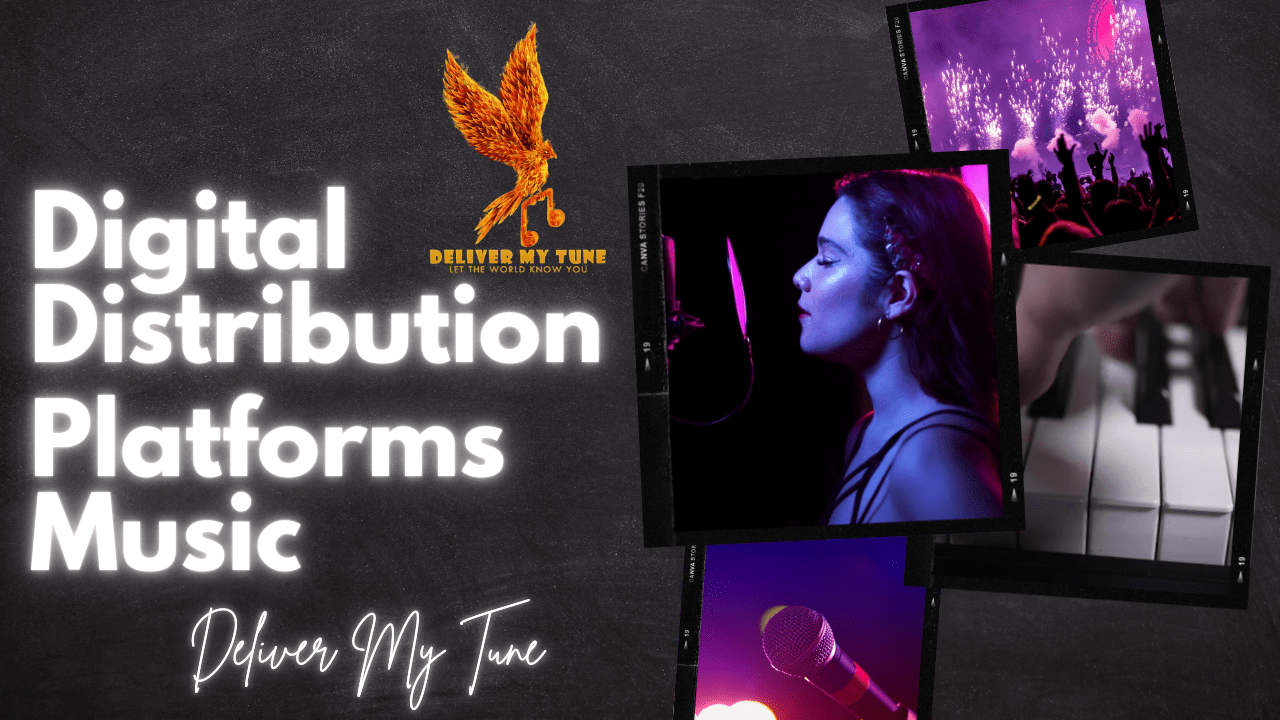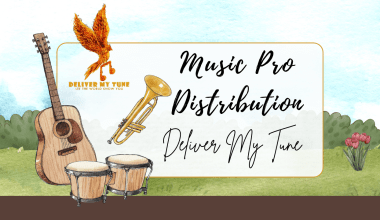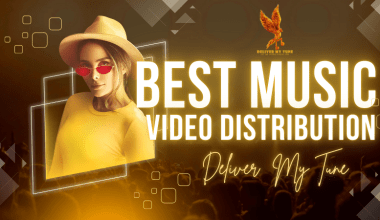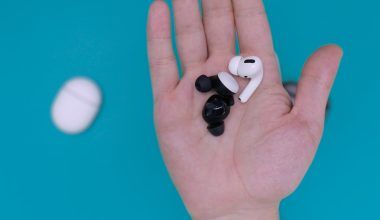Gone are the days when musicians had to rely solely on physical music distribution companies to sell records or tapes. The music industry has undergone a revolutionary change with the emergence of digital distribution platforms for music, providing artists the opportunity to reach global audiences with just a few clicks. These platforms have empowered independent musicians, breaking barriers and enabling everyone to share their creativity with the world.
This guide explores the ins and outs of digital music distribution, the platforms making waves, tips for maximizing success, and how this shift affects the music industry as a whole.
Understanding Digital Distribution Platforms
What Are Digital Music Distribution Platforms?
Digital music distribution platforms are services that bridge the gap between artists and streaming platforms such as Spotify, Apple Music, Amazon Music, and YouTube Music. Instead of distributing physical records, these platforms make your music accessible online for millions to stream and purchase.
Whether you’re a budding musician or an established artist, understanding how these platforms work is crucial to thriving in today’s music ecosystem.
Why Are They So Important?
Digital platforms eliminate many of the hurdles traditionally faced by artists. No need for expensive production of physical copies or dealing with limited geographical reach. Here are some of their key benefits:
- Global Audience Reach: Instantly distribute your music worldwide.
- Affordability: Minimal upfront costs compared to producing physical albums.
- Analytics and Data: Real-time insights help artists make informed decisions.
- Ease of Use: Accessible for musicians with varying technical skills.
How Digital Distribution Compares with Physical Music Distribution Companies
| Aspect | Digital Distribution | Physical Distribution |
|---|---|---|
| Cost | Low to medium upfront costs | High production costs |
| Reach | Global (via online platforms) | Local to regional |
| Environmental Impact | Minimal (no physical products) | High (uses plastics, materials) |
| Flexibility | Easy to update or change | Difficult after production |
| Analytics | Comprehensive real-time data | Limited insights |
Physical music distribution companies like record labels still hold relevance for collectors and niche audiences. However, their influence pales compared to the instant accessibility and scalability of digital platforms.
Popular Digital Music Distribution Platforms
1. Spotify for Artists
Spotify has transformed how music is consumed globally. With features like Countdown Pages and real-time analytics, Spotify offers artists an unparalleled way to connect with listeners.
- Strengths: Playlist placements, audience insights, and global reach.
- Key Feature: Pre-save campaigns to build hype around releases.
2. Apple Music
Known for its user experience and high-quality streaming, Apple Music emphasizes polished content. Strict style guidelines ensure artists present their music professionally.
- Strengths: Superior audio quality and global distribution.
- Key Feature: Integration with Siri and other Apple ecosystems.
3. DistroKid
For independent artists, DistroKid stands out with unlimited music uploads at a fixed annual price.
- Strengths: Affordable and easy to use.
- Key Feature: Revenue splitting for collaborations.
4. Deliver My Tune
This India-based platform is ideal for emerging artists looking for cost-effective solutions. It offers lifetime distribution with tools like AI mastering and portfolio creation.
- Strengths: Budget-friendly for beginners.
- Key Feature: Social media profile linking and royalty transparency.
5. TuneCore
One of the oldest platforms, TuneCore ensures artists retain 100% of their revenue.
- Strengths: Established reputation, publishing administration.
- Key Feature: Comprehensive royalty collection worldwide.
Strategies to Maximize Success on Digital Distribution Platforms
- Metadata Matters
Your music metadata—song titles, descriptions, and tags—affects your discoverability. Ensure all metadata is accurate, detailed, and optimized with keywords like “independent music” and “new releases”. - Use Social Media Effectively
- Platforms like Instagram, Facebook, and YouTube help direct traffic to your music.
- Consistent posting of engaging content like Reels, Shorts, and behind-the-scenes videos boosts visibility.
- Release Strategically
- Time your releases to coincide with events, holidays, or weekends when people are more likely to stream music.
- Use tools like Spotify’s Countdown Pages to generate excitement.
- Engage Your Fanbase
Respond to comments, host live Q&A sessions, and share personal updates to strengthen the connection with your audience. - Leverage Analytics
Use the real-time data provided by platforms like Spotify and Apple Music to refine your strategies and focus on markets where you’re gaining traction. - Focus on Playlists
Pitch your music to influential curators to secure spots on playlists. Being featured can exponentially increase streams and exposure.
Monetizing Through Digital Distribution Platforms
- Streaming Royalties: Platforms like Spotify and Apple Music pay artists based on the number of streams. Although the payout per stream is low, consistent growth can yield substantial income.
- Synchronization Licensing: Earn royalties when your music is used in ads, films, or TV shows. This secondary income stream is highly lucrative.
- Crowdfunding and Fan Support: Platforms like Bandcamp and Patreon allow fans to directly support your work.
- Selling Merch: Integrate digital platforms with e-commerce tools to sell branded merchandise directly to your listeners.
Overcoming Challenges in Digital Music Distribution
Challenge 1: High Competition
With thousands of tracks uploaded daily, standing out is tough.
Solution: Develop a unique sound, invest in professional branding, and focus on niche audiences.
Challenge 2: Low Royalty Rates
Streaming services pay fractions of a cent per stream, which may frustrate independent artists.
Solution: Diversify income through live performances, sync licensing, and physical merchandise sales.
Challenge 3: Complex Platform Guidelines
Different platforms have varying requirements for file formats, metadata, and cover art.
Solution: Use tools or hire experts to handle technical details.
The Future of Digital Music Distribution
Digital platforms continue to evolve, with artificial intelligence and blockchain expected to shape the next phase of the industry. AI-powered tools could enhance playlist curation, marketing strategies, and music recommendations. Additionally, blockchain-based platforms might introduce better royalty transparency and quicker payouts.
With the rise of immersive technologies, augmented and virtual reality experiences may integrate into music streaming, allowing fans to “attend” virtual concerts or interact with artists in new ways.
Tips for Independent Artists to Stay Ahead
- Collaborate with Other Artists: Joint projects increase reach by combining fanbases.
- Invest in Quality: From mastering your tracks to designing eye-catching cover art, professional-grade content is non-negotiable.
- Explore Niche Markets: For example, focusing on regional languages or unique genres often brings less competition and higher engagement.
- Stay Consistent: Regular releases keep you relevant in an ever-changing industry.
Conclusion: The Power of Digital Distribution Platforms Music
The emergence of digital distribution platforms music has democratized the industry, giving power back to the creators. Whether you’re an independent artist, a band, or a label, the potential these platforms hold for growth, revenue, and fan engagement is limitless. By choosing the right platform and applying effective strategies, you can achieve global recognition without the barriers traditional methods imposed.
Related Articles:
For further reading, explore these related articles:
- How to Effectively Support Musicians in 2024
- 5 Things to Take Care of During COVID if You Are a Musician
- 5 Ways to Defeat Self-Doubt as a Musician
For additional resources on music marketing and distribution, visit Deliver My Tune.






